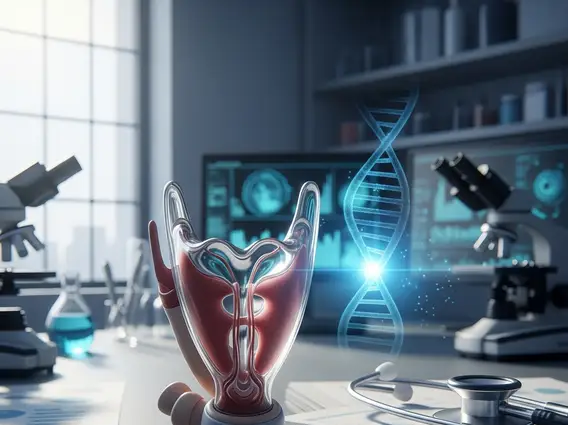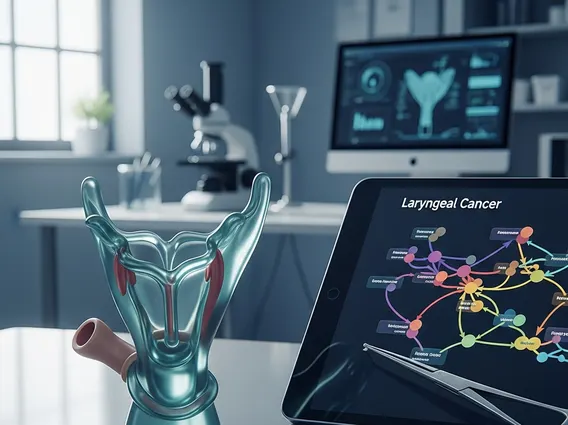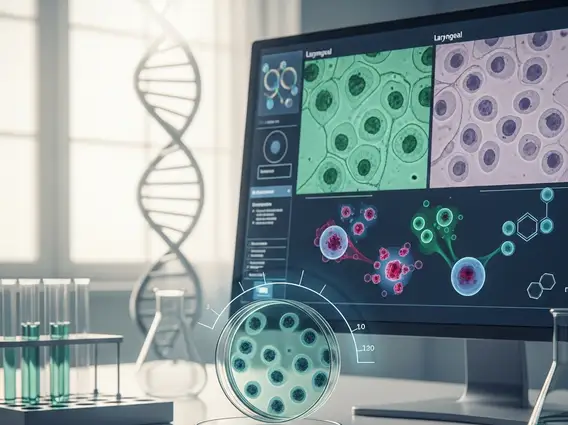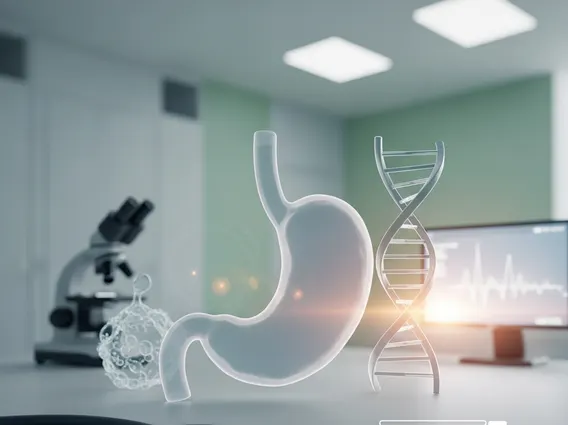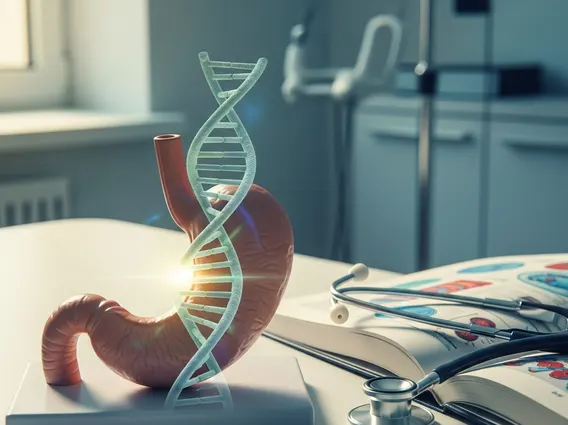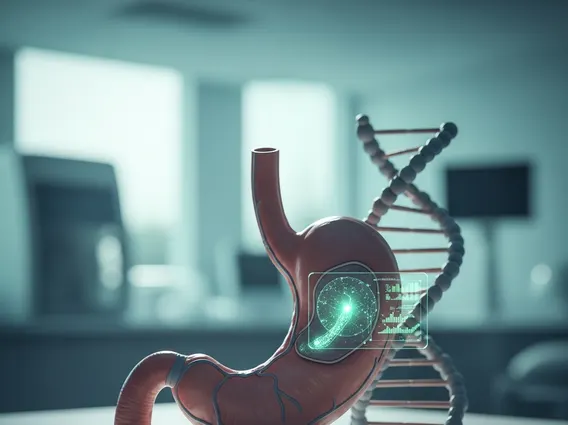Triple-negative breast cancer (TNBC) is the term doctors use to describe a form of breast cancer that lacks certain targets, known as receptors, that are present in most other forms of the disease. The majority of breast cancer tumors are made up of cells that have at least one of three receptors, which include:
- Estrogen hormone receptor (ER)
- Progesterone hormone receptor (PR)
- Human epidermal growth factor receptor 2 (HER2)
Cancer drugs are available that attach to these receptors like a lock and key, allowing them to kill the cells and shrink tumors. However, these drugs do not work in patients with TNBC, since the cells that make up their tumors lack these targets. TNBC accounts for approximately 10 to 20 percent of breast cancer cases. It is more common in individuals of African or Hispanic ancestry, younger women (under 40), and those who have a mutation in the BRCA1 gene, which can be identified with genetic testing and counseling.
How Is Triple-Negative Breast Cancer Treated?
Many breast cancer patients benefit from hormone therapy and drugs that target HER2, but these treatments are not an option for patients with TNBC. The treatment plan that a doctor recommends for TNBC will depend on several factors, including the stage of the cancer and whether the patient has the BRCA mutation. However, the primary treatments for TNBC include:
- Chemotherapy: The main systemic (meaning it treats the entire body) treatment for TNBC is chemotherapy, which is the use of drugs that kill cancer cells. TNBC tends to respond well to initial chemotherapy, but it is also more likely to come back, or recur, than other breast cancers.
- Other drugs: In some cases, certain other cancer drugs may be used to shrink TNBC tumors, including pembrolizumab (Keytruda), olaparib (Lynparza), talazoparib (Talazoparib), and sacituzumab govitecan (Trodelvy).
- Lumpectomy: In this surgical procedure, a doctor removes the tumor and a small amount of surrounding tissue from the breast. Nearby lymph nodes (small immune-system organs where cancer cells may be found) are also removed to determine if cancer has spread. Lumpectomy is also called breast-conserving surgery.
- Mastectomy: Removal of the entire breast. Lymph nodes will also be removed and examined for the presence of cancer cells.
Depending on the stage and status of TNBC, the following combinations of treatments will be recommended.
Stage I-III triple-negative breast cancer: If an early-stage TNBC tumor is small enough to be surgically removed, lumpectomy or mastectomy are common treatment recommendations. Lymph nodes will also be removed and examined to check for the spread of cancer. Surgery may be preceded by chemotherapy with the goal of shrinking the tumor; in other cases, surgery is performed first, then followed by chemotherapy for the purpose of destroying any cancer cells that might be present elsewhere in the body. In some cases, doctors will recommend radiation after surgery, such as if the tumor is large or cancer is detected in the lymph nodes. Some patients may also receive pembrolizumab or olaparib.
Stage IV triple-negative breast cancer: In stage IV TNBC, cancer has spread beyond the breast to other tissues in the body. Chemotherapy is administered to kill cancer cells that have migrated away from the breast; common choices include anthracyclines, taxanes, capecitabine, gemcitabine, eribulin, and others. For patients with TNBC who have a BRCA mutation and whose cancer is no longer responding to standard chemotherapy, other forms known as platinum drugs (such as cisplatin or carboplatin) may be used. In other cases, drugs called PARP inhibitors such as olaparib (Lynparza), or talazoparib (Talazoparib) may be recommended. Patients whose tumors express a protein called PD-L1 are candidates for immunotherapy in the form of pembrolizumab, while others who have not responded to prior treatments may be offered acituzumab govitecan (Trodelvy). In some cases, surgery and radiation may also be options.
Recurrent triple-negative breast cancer: Recurrent breast cancer is a malignancy that returns after a patient has undergone treatment. In the case of recurrent TNBC, if the cancer is limited to the breast and doesn’t appear to have spread, but it can’t be removed with surgery, then the drug pembrolizumab (combined with chemotherapy) is an option for patients whose tumors express PD-L1. If tests indicate that cancer has recurred in other parts of the body, a patient may be offered chemotherapy or sacituzumab govitecan.
What Are Some Common Side Effects of Treatment?
Hair loss is one of the most common side effects of cancer treatment, which patients may begin to notice about two to four weeks after starting chemotherapy. New treatments such as cooling caps can help minimize hair loss. For most people who undergo chemotherapy, hair starts to grow back about four to six weeks after the last treatment. Nausea and fatigue are common side effects in the first few days following each chemotherapy treatment. If doctors remove lymph nodes as part of surgery, or treat lymph nodes with radiation, they may be damaged in a way that interferes with proper draining of lymph fluid. This can result in a buildup of fluid under the skin that causes a form of swelling known as lymphedema. Your healthcare team can recommend treatments for lymphedema.
Sources: American Cancer Society, CDC

